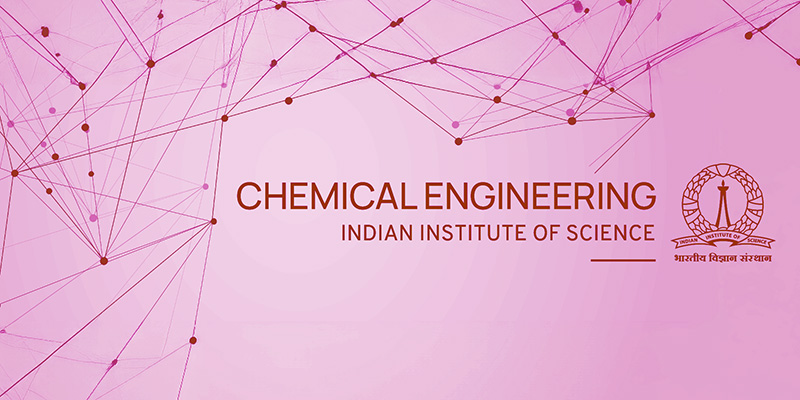August 22, 2024 -- August 22, 2024

Speaker: Prof. Debashis Roy, Asst. Prof. Chemical Engineering, IISc. Bengaluru
Date & Time: 22nd Aug. (Thursday) 2024 at 4 PM
Venue: Seminar Hall, Chemical Engineering.
Applications of Heterojunction photocatalysis, Ion-exchange membranes and Electrosorption in contaminated water remediation
Water pollution has become a major environmental concern due to continuous addition of different harmful contaminants in aqueous medium, spanning from refractory organic pollutants to carcinogenic heavy metal ions. To decontaminate water and efficiently remove the contaminants, energy-efficient and less-chemical intensive techniques are needed. Heterogeneous photocatalysis is an energy-efficient method where light irradiation is utilized to activate catalyst/oxidant combination and generate various reactive species in the medium, towards degradative removal and mineralization of refractory contaminants. An efficient metal organic framework (MOF) based heterojunction photocatalyst NH2-MIL-125@MIL-53(Fe/Co) was developed to activate peroxymonosulfate (PMS) and subsequent degradation of a typical endocrine disrupting chemical (EDC), chloramphenicol (CBZ), in water, under visible light irradiation. On the other hand, seawater is a vast resource of various ions/salts which are extremely useful. Energy-efficient separation of these ions and purification of seawater for potable use are difficult, due to very high salt concertation. In contrast to conventional reverse osmosis (RO) technique, functional ion-exchange membrane (IEM) assisted selective separation of monovalent ions (Li+, Na+, Cl-, Br-) from multicomponent ionic mixture under concentration gradient, is a promising method. A novel anion exchange membrane (AEM) was developed to selectively transport Cl- ions from a binary mixture of Cl-/SO4.−, under concentration gradient, with remarkable selectivity (~ 500-1000). In addition, the desalinated water in RO plant generally contains high concentration of Boron (B), which is detrimental to human health and agriculture, if present beyond permissible limit. In contrast to multipass RO technology, with high energy and chemical consumption, bipolar membrane assisted electrosorption technique, involving B-selective functional electrodes, shows highly promising results towards efficient treatment of B-rich water. Different functional anodes were developed and an aqueous solution containing B/Cl mixture was used to study the effectiveness of the flow-by electrosorption technique for selective B-adsorption, with high selectivity and no external chemical consumption.
Keywords: Water treatment; Heterogeneous photocatalysis; Ion-exchange membranes; Electrosorption